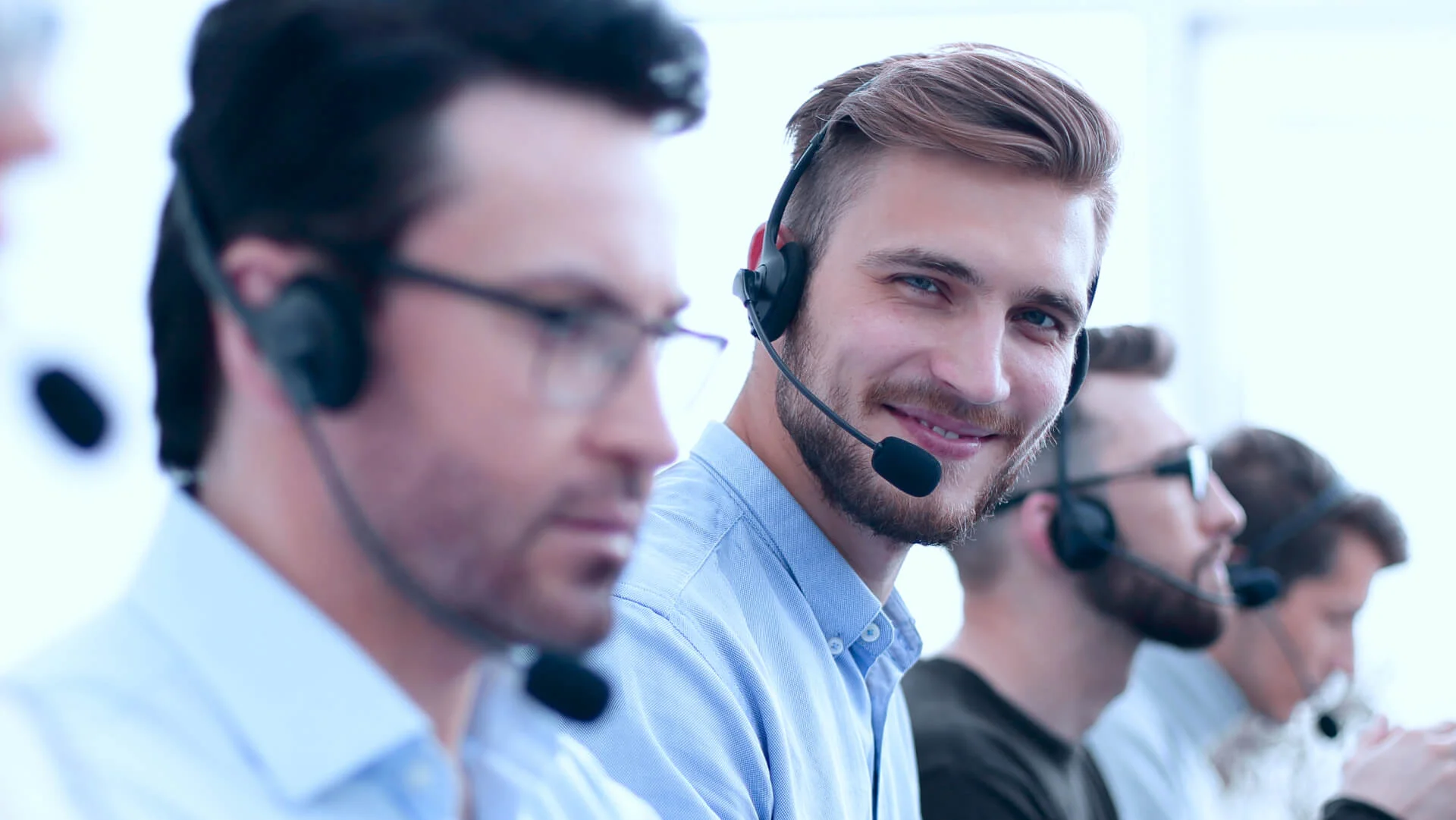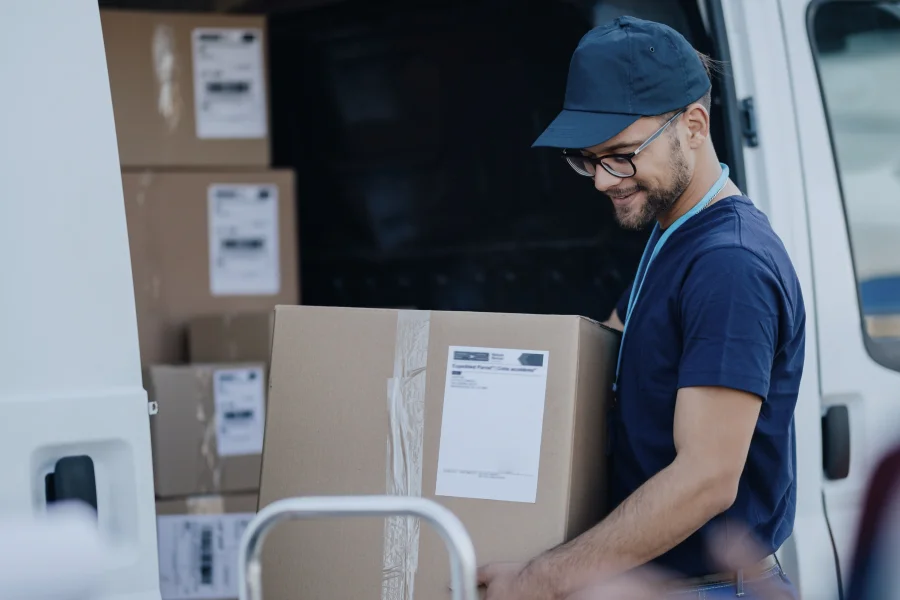Retailers and 3PL providers must adapt to the rapidly changing and evolving e-commerce industry. Retailers can enhance their order fulfillment strategy as needed by adjusting their methods in accordance with the most recent industry trends.
The following are some recent developments in last-mile delivery:
- Anticipatory shipping
- Adaptive technology
- Additional USPS handling
- Autonomous delivery vehicles
- Crowdsourcing and the gig economy
- Orders are fulfilled quickly
- Large city warehouses
- More accurate traceability
- Services for internal deliveries
- Upselling during delivery
To understand these trends, we will look closely at each and one of them.
Anticipatory Shipping
Although robots, drones, and driverless cars will surely increase shipping efficiency, their complete adoption is still many years away. Additionally, the logistical difficulty of getting the object into the autonomous vehicle, robot, or drone “hands” still exists.
Because of this, we’re beginning to notice a change in inventory management, with firms like Amazon performing the majority of their delivery before the customer purchases the product. To pre-ship things to nearby warehouses, for instance, Amazon may utilize artificial intelligence to predict when significant numbers of orders are placed in a given area (such as tailgating supplies during football season).
Adaptive Technology
From the time an item leaves the warehouse until it is delivered to their door, the modern customer needs to know exactly where it is at all times. This is now possible thanks to modern technology, which also creates new opportunities. Customers may track stats like humidity and temperature levels in real-time by utilizing advanced devices and sensors that are integrated into the package itself, for instance. This is crucial for goods in transit such as frozen meals, alcoholic beverages, and medicines.
Along with using smart technology to better prepare their packaging to keep their products safe throughout the entire delivery process, 3pls and fulfillment centers also employ smart tech to forecast weather patterns.
Additional USPS Handling
Although merchants and third-party logistics providers still frequently use delivery companies like FedEx, DHL, and UPS; USPS is adapting to the trends and has recently experienced modest growth. Despite a decline in traditional letter service over time, e-commerce shipping has expanded, and USPS is now beginning to take a bigger share of the market.
When a carrier is already coming to the house, adding an item to last-mile delivery is only a small expense for USPS. Because it is a single stop, it would cost more for other companies to make the same delivery.
Autonomous Delivery Vehicles
Deliveries are currently constrained by things like labor prices, workforce availability, and shifts, but autonomous delivery trucks could drastically reduce those expenses. Self-driving vehicles and drones would not only eliminate the necessity of the delivery personnel but would also enable round-the-clock distribution.
Regulatory and operational concerns must be taken into account, although there is a lot of promise. Amazon has already made a significant investment in the future of autonomous vehicles by contributing $530 million to Aurora’s self-driving car business. This is hardly shocking because they have previously developed a functional robot for last-mile delivery called “Amazon Scout.”
Crowdsourcing and the Gig Economy
Private financial assets in logistics start-ups are increasing; they increased by more than four times in 2015 compared to 2014. A lot of venture capital is drawn to businesses that rely on technology and knowledge rather than tangible assets like delivery trucks. These businesses instead rely on the gig economy or crowdsourcing. Independent drivers can apply for delivery jobs posted on their apps by businesses like Amazon Flex, Postmates, and Uber. The flexibility of this ad hoc delivery saves business expenses by maximizing truck usage through technology, despite the fact that it is less effective than a distribution system with robust route management.
Fast Order Fulfillment
Consumers can now find the things they need faster than ever thanks to the internet’s constant growth. Customers want their things delivered more rapidly as it gets quicker and simpler to find and buy products online. Due to this, one-day, two-day, and same-day deliveries are now more popular.
Warehouse management software is used by third-party logistics companies to streamline the order fulfillment operation, but even cutting-edge technology has its limits. Food and pharmaceutical delivery are two examples of sectors where quick order fulfillment and same- or two-day delivery are very significant.
Large City Warehouses
Adding more warehouses or distribution facilities is another approach to speed up delivery and provide advantages like same-day delivery. Naturally, this works much better in big cities, and Amazon Prime has mastered this with its two-hour delivery service. Urban storage space is now being utilized by additional businesses, giving them quick access to well-liked products for same-day or next-day consumer deliveries.
More Accurate Traceability
Today’s consumers want to be able to check their orders throughout the entire supply chain in addition to receiving them faster. Since technology has advanced, transportation companies can now provide detailed tracking data, and drivers may now show evidence of delivery once the package has been delivered, from the shipment creation to the last-mile delivery to the recipient’s door.
The difficulty arises when local or regional last-mile delivery services must collaborate with international carriers. Fortunately, smartphone innovation is bridging the gap and raising traceability requirements all around.
In-House Delivery Services
Several businesses have started employing their shared trucks for in-house shipping services as a way to lower the cost of last-mile delivery. Some of these businesses have even started to collaborate with rivals or other businesses in the area, sharing transportation resources to cut costs.
Upselling During Delivery
Although retailers profit greatly from upselling consumer purchases, this practice is still relatively new when it comes to delivery. Companies can foresee what other products a customer might like and recommend during the checkout process by using predictive intelligence technologies.
Similarly, delivery personnel can load their trucks with goods that the customer has already requested or could require and may even process a follow-up order when the shipment is complete. Although it might also work for the fashion and pharmaceutical industries, this concept seems to be particularly suitable for the e-commerce sector that deals with food delivery.


